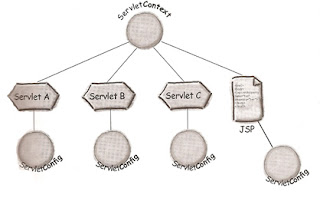Basic Struts Login Application
This is our first Application on Struts for Beginners. Before going to start our application go through the Struts flow and architecture.
These are the required files to Develop Struts Login Application:
These are the required files to Develop Struts Login Application:
- register.jsp
- success.jsp
- failure.jsp
- RegisterAction.java
- RegisterForm.java
- struts-html.tld
- web.xml
- struts-config.xml















































+notes+Part-II_JavabynataraJ+copy.png)






